Hotels want the best price for their room. Therefore, the same price is set throughout all digital distribution channels. But what if a distribution channel uses lower prices? In this article, you can learn about rate parity and how hotels can prevent distribution channels from undercutting the direct price.
What is Rate Parity?
In simple words, rate parity is a sales strategy that allows hotels to set an equal price throughout all digital distribution channels. It includes the hotel’s website and social media and OTAs, and excludes special contract prices, for example, with tour operators or corporate prices.
Rate parity can be broken from the hotel side or a distribution channel side. If it is from the hotel side, it might be the result of a hotel sales strategy (offer a lower price directly) or because of technical errors (channel manager mistakes, typo, etc.).
In the case of the distribution channel side, the parity can be broken by the reseller to convince the customer to finish the booking. Quite often, these prices are too-good-to-be-true. Distributors can show prices without including taxes and fees or provide expired prices. As a result, the price source might be unreliable or exploit data that was not intended to be used in online channels (for example, prices offered for tour operators to be included in packages).
Is Rate Parity Legal?
Yes, and No. Before 2015, the rate parity clause was included in OTAs agreements – hotels were forced to set the same price everywhere online. Nowadays, some countries’ laws prohibit the rate parity clause in OTAs, since it contradicts competition law. As of June 2020, the list of countries where the rate parity clause is partly or fully prohibited includes the UK, France, Spain, Sweden, Germany, and Australia.
Is Lowering the Price of Direct Bookings a Solution?
No, this is not recommended. Lowering the price leads to decreasing your hotel’s profits. You are not only earning less for that booking, but constant discounts reduce the value of your hotel in the eyes of the guests. There is nothing complicated in decreasing the rate, but increasing the price is going to be tricky.
Different prices in different channels confuse guests. Instead of simplifying the choice for the customer, you make the process even more complicated.
It also negatively affects a hotel’s brand reputation. Customers’ loyalty can’t be built at low prices unless you are budget accommodation and not interested in quality and service at all.
Offer Your Guest Additional Value for Money
As a hotel, you have many more ways to show your guests your gratitude and acknowledgement. Use it to your advantage. The average OTA commission is around 20%. You can invest this money into guest loyalty – spend it on perks and benefits for direct booking guests, such as flexible cancellation policy, no credit card guarantee, no booking restrictions, free early check-in or late check-out, welcome drink, complimentary breakfast, or free access to the spa zone or gym. Such benefits typically involve a low cost for the hotel, but the guest is highly impressed with these personable gestures.
Conversion Experiment on Disparity Status
In November 2019, 123COMPARE.ME conducted a conversion experiment for one of their major clients, a hotel group with a substantial number of hotels in Europe and the Americas. During the experiment, the disparity status and booking funnel conversion were tracked – how many people go to the next booking step, from the search page to the confirmation page. The experiment took the form of an A/B Test; in half of the cases, the rate comparison widget was hidden.
It turned out that in case of rate parity, visitors are more likely to continue the booking process and go to the next step. The most exciting thing that was found is that this effect occurs both when the rate comparison widget is shown and when it is not shown! Yet, when the rate comparison with parity is shown, visitors are twice as likely to proceed further. Conversion to the next step was 20% and 10%, respectively.
To sum up, rate parity is important. Visitors check OTAs’ websites to find a better deal. Rate comparison widget helps to communicate rate parity and affect guest behaviour by doubling the booking conversion rate.
Be in Charge of Your Hotel Prices
The online distribution landscape includes a complex web of relationships between the leading players: hotels, wholesalers, OTAs contracted with hotels, non-contracted OTAs, and metasearch engines.
Most of the undercutting happens with non-contracted OTAs. They can arise from “stale” cached data fed into external systems, getting prices from wholesalers, tax miscalculations, or other technical inconsistencies. It is much harder to discover these price offerings before you get a reservation.
Although, it is easy to communicate with contracted OTAs and to ensure BAR (best available rate) is correct, even major OTAs can play geo-tariffs games and, from time to time, undercut your price for specific regions or locations.
Controlling your distribution channels should be your daily routine. To prevent rate parity, hoteliers should have a firm grip on their contracts and know where – and at what price – their inventory is being distributed.
8 Tips to Win the Parity Game
- Don’t reduce price; offer more value than OTAs.
- Create a loyalty program and offer exclusive discounts to your subscribers and return customers.
- Contract with meta searches directly. Metasearch commission is still lower than OTAs’.
- Ensure your booking process is as smooth as possible. Reduce extra steps and ensure there are no fractions. Focus on website conversion optimization.
- Have secure contracts with OTAs and wholesalers in place.
- Contract directly with more OTAs so that they won’t try to buy your inventory off to a wholesaler, and you retain full control of your online rates.
- Think about technology. OTA control and disparity alert tools that allow you to detect discrepancies across the web easily.
- Find a channel manager that integrates well with your PMS and Booking Engine. The channel manager should have connectivity with a variety of distribution channels so that you don’t have to log into multiple sources to update your room rates. That will save you time and help to avoid technical mistakes.
To win the rate parity game hoteliers should use all available resources, and take advantage of the position of service providers. Hotels need a coherent, long-term online distribution strategy. To work on it daily travel tech solutions can be helpful. Distribution and rate parity tools allow hotels to be flexible and keep pace with the market, and, at the same time, avoid the situation where some channels have an undesirable, undercut price.
More Tips to Grow Your Business
Revfine.com is the leading knowledge platform for the hospitality and travel industry. Professionals use our insights, strategies, and actionable tips to get inspired, optimize revenue, innovate processes, and improve customer experience.Explore expert advice on management, marketing, revenue management, operations, software, and technology in our dedicated Hotel, Hospitality, and Travel & Tourism categories.

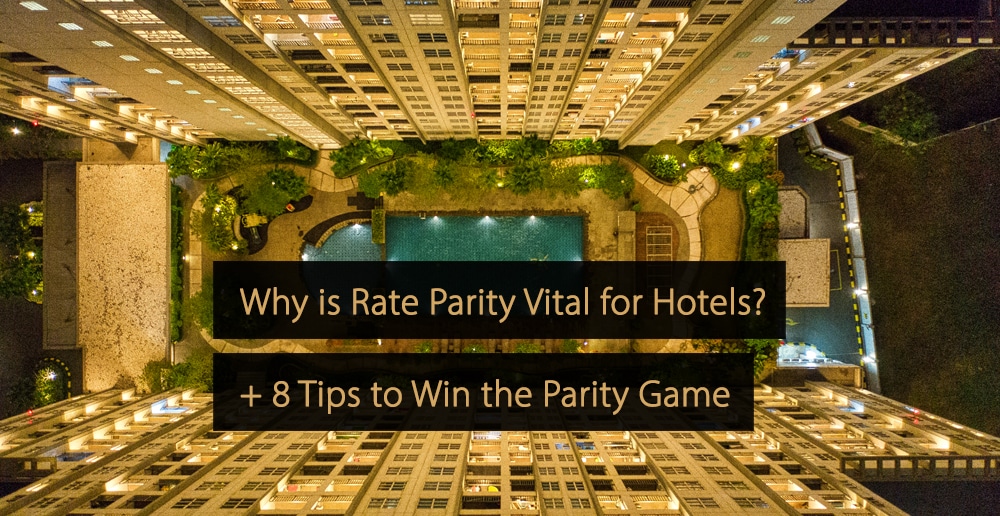
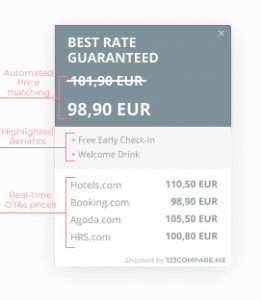


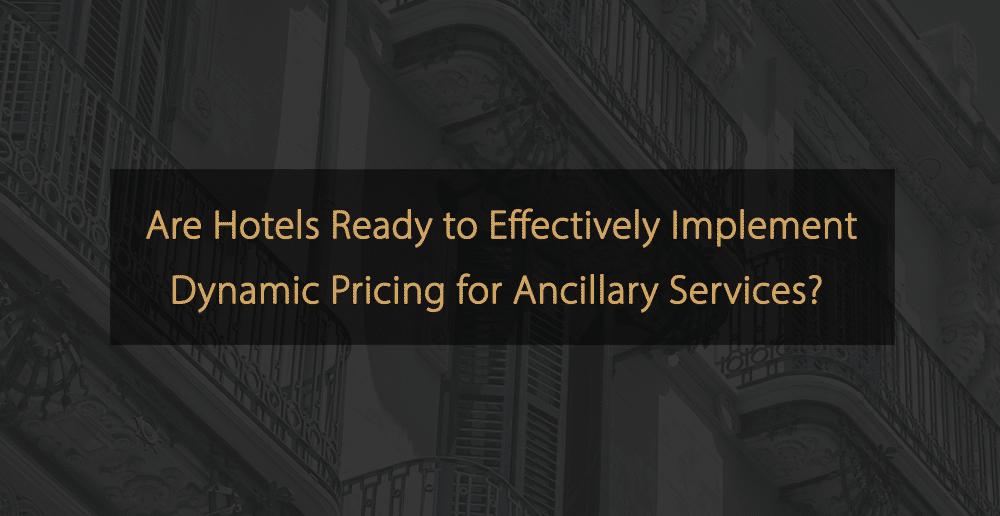
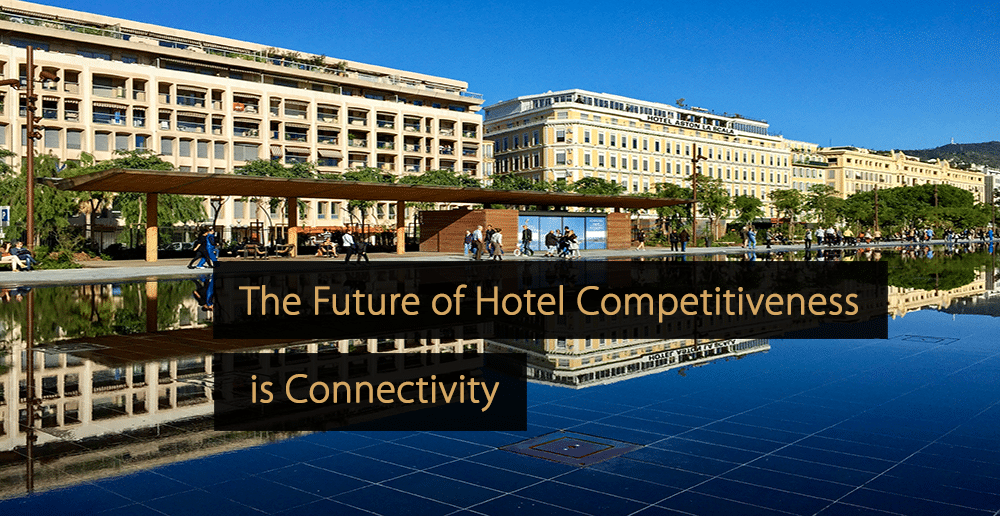
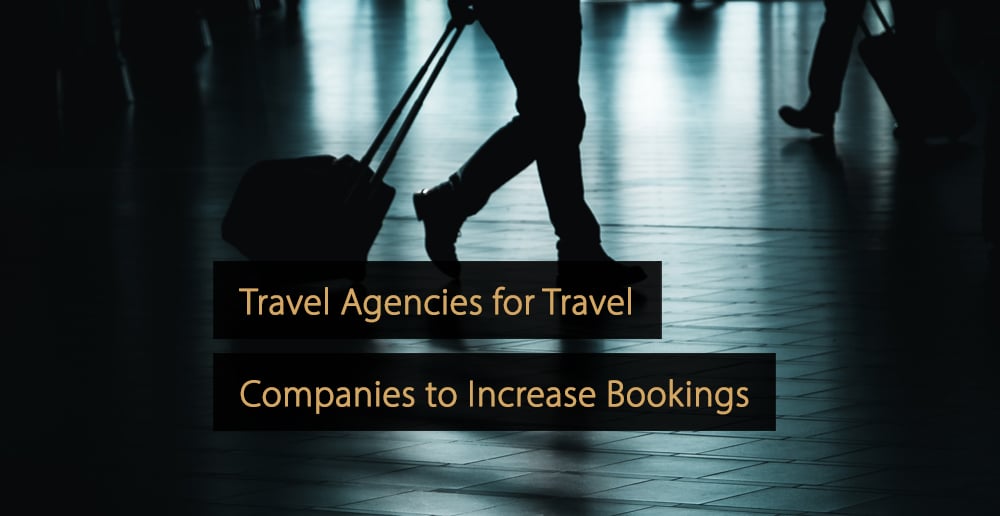
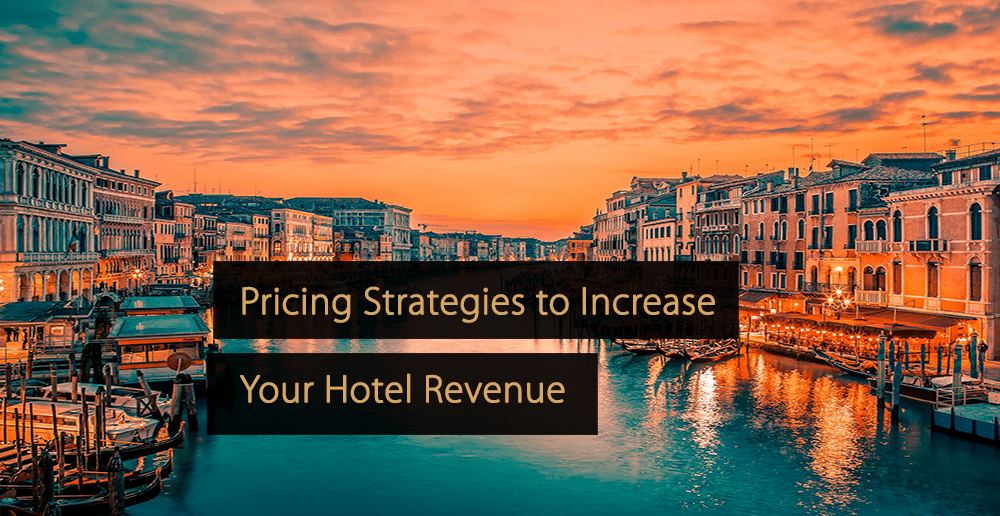
Rate parity typically requires both price and conditions parity. Wouldn’t a hotel be in non-compliance with rate parity by offering perks and benefits for direct booking guests?